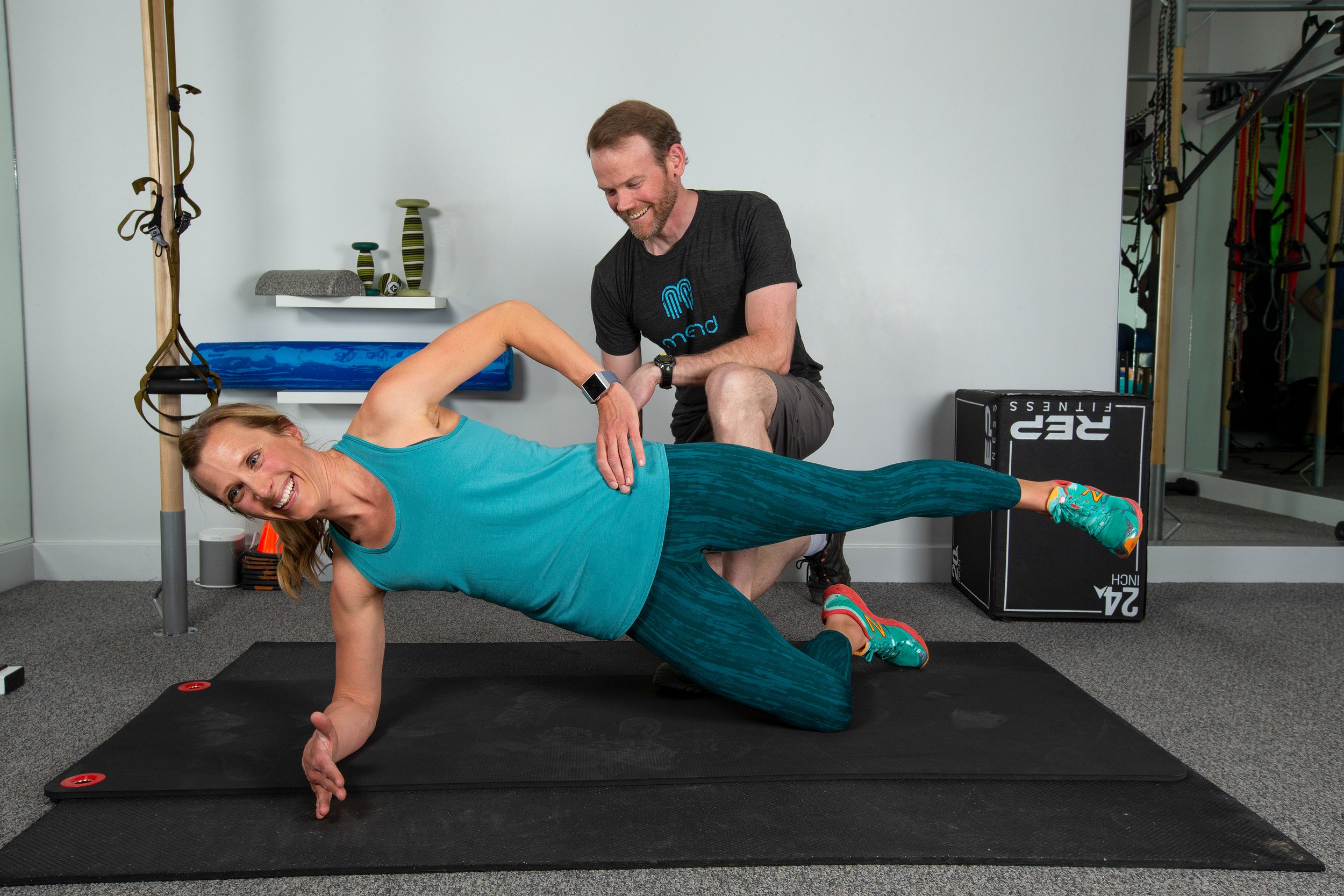The core is a collective group of spinal musculature critical for range of motion of the spine, stabilization of our trunk, and transmission of forces through the body. Given these functions it is not a surprise to see literature supporting Physical Therapy exercise prescription in order to improve sports performance, as well as, low back and extremity pain. This musculature can be grossly divided into local (small, low force muscles close to the spine) and global (large, high force muscles distal to the spine) muscles and academic debate continues on the best exercises to help patients are clients. A recent study added additional evidence on the best exercises for recruitment of these local (transverse abdominis, multifidus) and global (glut max and erector spinae).
Khosrokiani and colleagues in the journal Sports Health asked 40 healthy participants (20 female, average age 25 y.o.) to perform a series of common core exercises. Authors utilized surface EMG of the gluteus maximus, gluteus medius, tensor fascia lata (TFL), transverse abdominis, multifidus, and erector spinae. Authors reported the unilateral bridge produced the lowest local/global ratio. Conversely, the side plank, bird dog, bridge, and front plank with single leg abducted produced the highest local/global ratio. In conclusion, the authors found the best exercise in their study for targeting local > global was the single leg bridge with non dominant lifted. The best exercise for global musculature was the side plank with the leg lifted.

